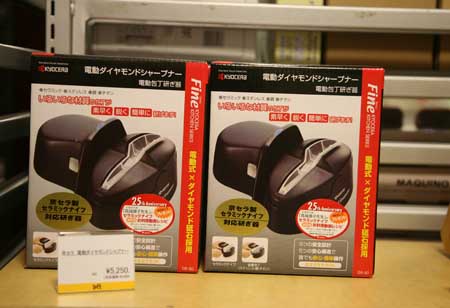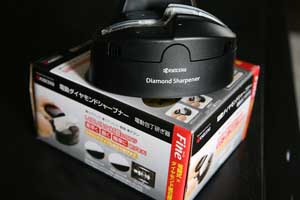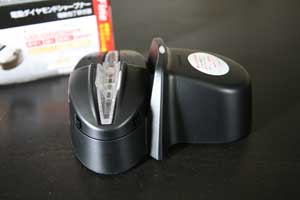The majority of questions we receive from this site seem to have a common theme. Most of our readers are looking for instructions on how to properly care for their ceramic knives. Most manufacturers will include a set of instructions with their knives, but in all honestly, the care instructions are the same across all knives. Here is our officially, unofficial guide on how to care for your ceramic knives.
PROPER USE:
- Use your ceramic knife for slicing or cutting soft foods only (fruits, vegetables, boneless meats, etc).
- Use a softer cutting board only, plastic, wood and bamboo work well. Avoid glass and marble cutting boards.
- Never use the knife as a tool other than a knife. Never use it to pry anything open, or to cut plastic packaging.
- Do not use the side of the blade to smash anything such as garlic, herbs, etc.
CARE:
A quick rinse with a mild detergent is all that is needed to keep your knife clean. After cutting non greasy food such as fruits or veggies, I sometimes just give it a rinse in warm water, no detergent. Since the surface is non-porous, cleaning is a breeze. Never put your ceramic knives in the dishwasher. The high pressure water can cause the knife to rattle against other items in the machine, causing it to chip.
STORAGE:
Store your ceramic knives in a knife block or knife tray. When storing or removing the knife, be careful not to damage the edge or tip.
WHY DO I HAVE TO BE SO CAREFUL WITH CERAMIC KNIVES?
After reading this, I know what you’re thinking, “This knife needs to be treated like a princess!”. Think about it a bit and you’ll realize that ALL nice knives (metal or ceramic) should be treated with these same instructions.
I decided to dig up some care instructions for some popular steel knives on the market.You will see some similarities.
[legend title=”SHUN KNIVES” style=”1″]Please do not use Shun knives other than the Ken Onion meat cleaver on bones or joints. These knives are designed for precision slicing rather than chopping through bones. One key to keeping a Shun (or any other knife) sharp is to use an appropriate cutting surface. These include wood, bamboo, and polypropylene, all of which are softer materials and will “give” under the blade. Technically, yes. Both the blades and the PakkaWood® handles can stand up to the rigors of the dishwasher. However, we generally recommend against it. Here’s why: The dishwasher can be hard on all your dishes, but it can be especially hard on knives because they tend to get knocked around during the cycle.[/legend]
As you can see, you were right, TREAT YOUR KNIVES LIKE A PRINCESS!


